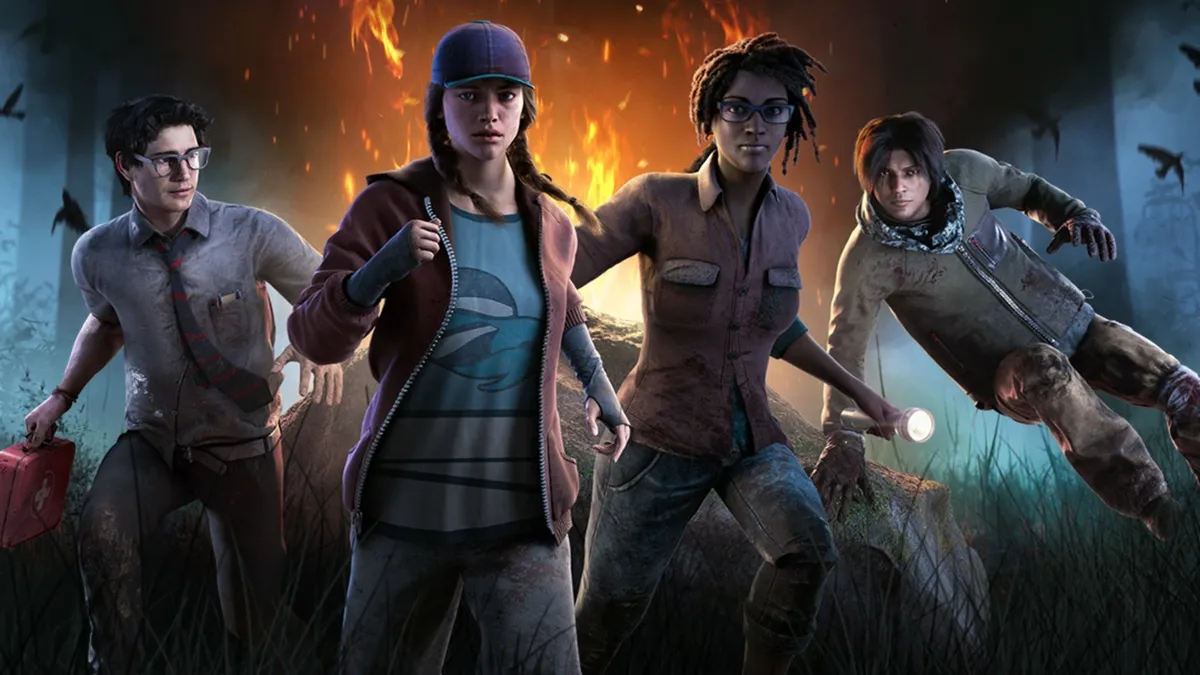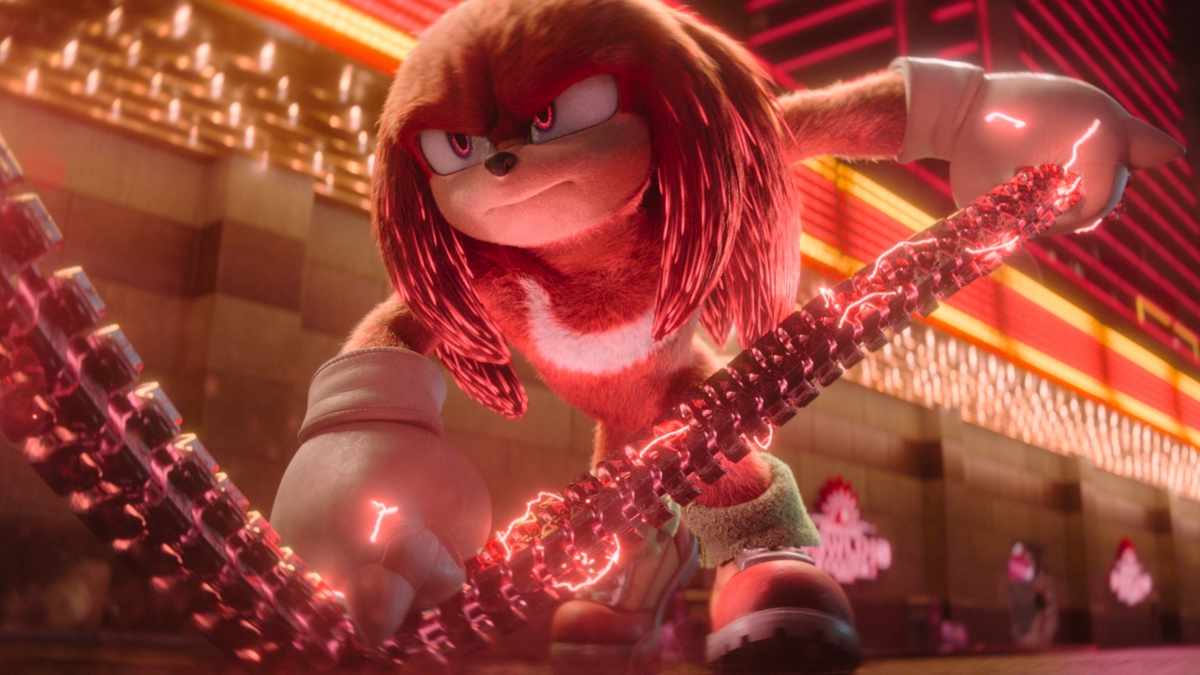After 17 years, the Fear Effect series is finally getting a third installment with Fear Effect Sedna, but was the franchise really worth returning to? The original PlayStation games were very clearly products of geek culture’s 90s adolescence – an attempt at “mature” storytelling realized through unlikeable antiheroes, misplaced fanservice, and cyberpunk Resident Evil gameplay. “Outdated” was definitely the expected keyword when starting the playthrough for this review. However, the word doesn’t actually apply to Fear Effect Sedna very well, possibly because it’s been superseded by words like “awful” and “unfinished.”
The apparent defining trait of Fear Effect Sedna’s development was a complete lack of second-guessing. The entire game exists in the shadow of obvious questions that should have been asked during production. These include: “Won’t combat get really boring if the primary attack method is holding the mouse over enemies?”, “Has isometric perspective been the ideal layout for anything ever?”, and “Does our story make any sense if you haven’t played the imaginary prequel we’re building off of?” And those are just the faults that could have been caught during the planning phase; there are plenty of flaws in the execution as well. Every available mechanic reaches only a fraction of its potential, and the script is disjointed and overly simplistic.
The plot picks up four years after the first game, with the four one-note mercenaries from the previous titles, along with a new, equally mundane character, reconvening seemingly by chance to take on a mission in Greenland. The mission is ostensibly regarding stolen artwork, but it’s obvious to everyone that there’s more afoot, especially since it’s requested amid a string of strange events involving Inuit mythology. At first, the story plays out in serviceable albeit hasty fashion, with the Inuit imagery (a commonly underappreciated well of fiction ideas) as its greatest strength. It quickly unravels near the end, however, when events we’ve never seen and characters we’ve just met suddenly devour the spotlight, and all of the previous driving questions are forgotten about.

This is also where the stunted writing really damages the experience. It’s possible that the logic behind the game’s events would be easier to follow if the dialogue wasn’t so divorced from grammatical convention or the way people actually speak. This is only exacerbated by the fact that the game has spoken audio, often delivered monotonically with emphasis on the wrong words, as if the actors are just guessing at the context of their lines. International gamers are probably used to poor localization jobs, but this is the first instance I’ve encountered where multiple sentences are outright missing words. If any of this seems like an odd thing to single out, it’s because a) it’s that bad, and b) the narrative was the only hope of distraction from the terrible gameplay.
The isometric perspective, interface, and ability to pause the action and issue commands all give the combat a tactical appearance, but this is an illusion. A typical enemy encounter will usually begin with one character using stealth kills to thin the opposing numbers. Since, aside from one party member with the ability to conjure decoys, stealth kills are the only sneaking tool available, this won’t last long. From there, it basically devolves into two groups of people standing across the room from each other mindlessly exchanging bullets. That would be boring enough if there was aiming skill involved, but as previously mentioned, you exchange bullets by clicking and holding on an enemy until one of you drops dead.
All semblance of team dynamics or depth disappears almost instantly. Player characters can roll and take cover to minimize damage, but the AI isn’t programmed to do either, and what does and doesn’t count as cover is incredibly inconsistent. Each character has limited access to two unique abilities, most of which are simply area-of-effect attacks to be used once before their cooldown renders them unavailable for the rest of the firefight. They’re also blatantly unbalanced; why does the short-range crossbow do the same damage as the long range homing rocket, and why would I create a decoy to draw fire when I can create a turret that draws fire and fires back?

A tutorial popup mentions “synergies” between these abilities, but even after playing to the end, I’m still not sure if that means there are special effects that activate when they’re used in tandem, or if it was merely a fancy way of saying it’s a good idea to shoot enemies while they’re stunned or distracted. This is an example of Fear Effect Sedna’s huge problem with unused potential, alongside the gaping hole where a cooperative mode should have been. There’s a sixth character who becomes playable around the point of the story’s implosion, whose abilities could have been the coolest, most original things in the game, but are instead merely glorified melee attacks that the AI can’t figure out how to execute.
The AI is terrible in general, but in this case, it flows both ways. Enemy combatants single-mindedly focus on their initial target, while friendlies follow behind their leader and reactively shoot at any threats to the group – two facts that can be played off each other for an effective combat strategy. Conversely, engagements involving single party members are needlessly difficult, because they’re the only times when ability ammunition is particularly limited, and they usually require perfect timing of repeated dodge rolls. It doesn’t help that the “fear” meter, previously the series’ equivalent of a life bar, is now a separate statistic that increases damage taken and dealt as you get injured, exacerbating already difficult battles.
Turns out there’s a reason why “real-time with pause” combat is almost always just turn-based combat in disguise. In Fear Effect Sedna, health drops at such a rapid pace, and the gunplay is so free of nuance that the only real purpose of the pause button is to give some breathing room while you administer health packs. The occasional sections of puzzle gameplay are more agreeably functional. None of them are particularly engaging, but everything about them at least seems to be doing its job correctly, which cannot be said about the combat. “Agreeably functional” is also how I would describe the controls, which are surprisingly free of defects, aside from the inevitable hitbox weirdness that comes with an isometric perspective.

The camera angle also screws with the visuals, which is a shame, because they look pretty good in any other context. The stylized character models of the PlayStation games barely needed updating (although they could be more animated in cutscenes), and the environments look sharp and detailed. Their primary failing is once again gameplay-related. Clearly separating interactive objects and background noise should be art design 101, but here, it can be difficult even to differentiate doors from walls. Meanwhile, the audio quality varies drastically, from the effectively atmospheric and eclectic soundtrack, to the serviceable firearm noises, to the grenades which meekly pop rather than explode.
It’s safe to say the number of people itching for another Fear Effect game wasn’t a very high one, but in the wake of Fear Effect Sedna, it may very well drop to zero. At the best of times, this title is simply dreary and repetitive. At its worst, it’s like watching the world’s most uninspired JRPG on fast-forward without realizing it, so each battle is practically a five-second staring contest and you feel like you’re missing half the story. There are lots of better tactical games, lots of better action-adventure games, and lots of better games that invoke Inuit mythology. And I can only think of three other games that invoke Inuit mythology.
This review is based on the PC version of the game, which we were provided with by Forever Entertainment.






